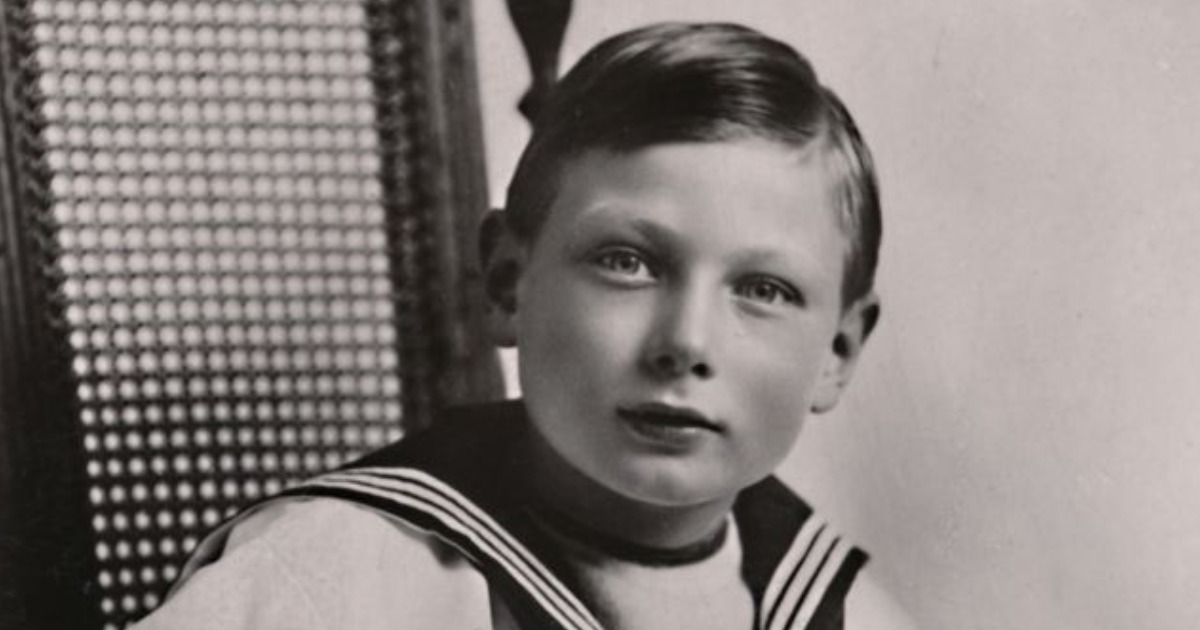A vintage photo of “Lost” British Prince John has been uncovered. Taken in 1909, the portrait of the Royal Family reminds the world of an unhappy story, which even today flies under the public radar.
Born in 1905, the Prince suffered his first epileptic seizure at age four. As the disorder worsened, his parents, King George V and Queen Mary (then the Prince and Princess of Wales) made the decision to isolate their son. “John, who is also now thought to have been autistic, had spent his final two years separated from his siblings in Wood Farm, on the Sandringham Estate,” wrote the Mirror.
A rare moment in history
The exact details of the story are unclear, even to this day. However, the unearthed photo featuring lost Prince John captures a rare moment in history. The four-year-old is shown sitting on the knee of his older brother, Prince Edward. Also present are Princes Henry, Albert, George and Princess Mary. What makes the image extra special is that it’s signed by the six siblings.
UK: Rare photo of royal children showing ‘Lost Prince’ John up for auction https://t.co/3M1DQGOzRL
— Republic (@republic) July 4, 2020
The picture measures 4.5 x 3.75 inches and is owned by a private collector. “The photo was probably given to a member of the Royal Family, someone close to it or perhaps a royal nanny,” Francisco Pinero of International Autograph Auction in Spain is quoted as saying by the Mirror.
Prince John sadly passed away at just 13, following a severe seizure. He’d been looked after by his nanny, Charlotte “Lalla” Bill. How did the family react? According to accounts, King George V didn’t attend the scene. It’s reported that, afterward, the Prince’s name was removed from family trees, such was the perceived impact on the Royals’ public image.
Before his death, John was slowly removed from the public
While John was still alive, King George V once told US President Theodore “Teddy” Roosevelt that “all of his children were obedient, except John.” Although he was considered “charming and amusing” at a young age, John was also thought to be “winsome” and “painfully slow.” As such, it’s no surprise he was slowly removed from the family and public eye.
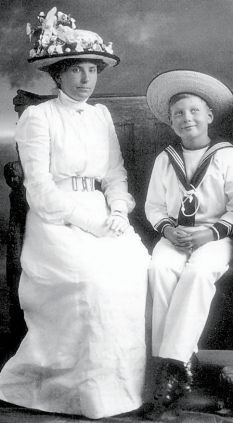
His condition worsened as he got older, and it became apparent to the public that something was wrong after he was pulled from boarding school. Unlike his siblings, he would receive special schooling, away from the public eye.
People were stunned by the Royal Family’s reaction
Particularly shocking was Edward’s reaction. A letter from the future monarch, which was found in 2015, reads, “His death is the greatest relief imaginable or what we’ve always silently prayed for. This poor boy had become more of an animal than anything else and was only a brother in the flesh and nothing else.”
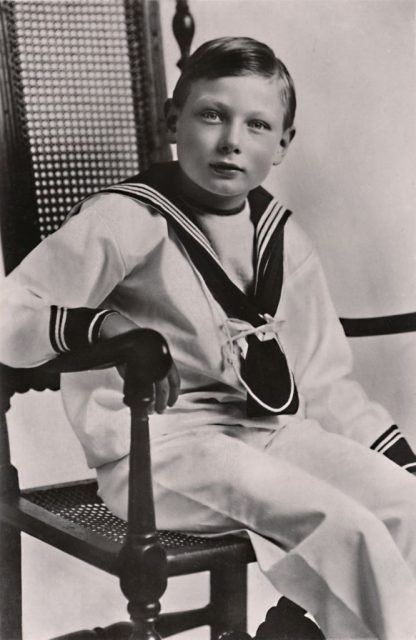
Epilepsy Today says the communication “highlights intolerant attitudes towards epilepsy in the early 20th Century.” With little in the way of treatment available, John found himself ostracized, hidden away and rarely visited by his own kin. There was another relation, the Duke of Albany, who’d recovered from the disorder, so it’s speculated the family hoped the same would happen with John.
The Queen shared a similar, though more tender, reaction
John’s mother, Queen Mary, was informed of her son’s death by his nanny. When she found out, she was naturally grief-stricken. However, similar to Edward, she was also relieved.
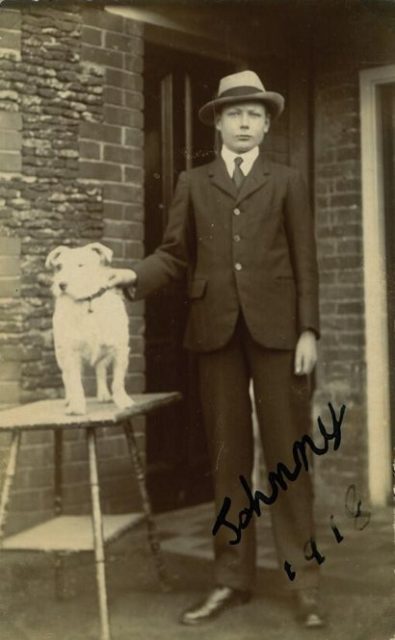
She wrote in her diary, “The news gave me a great shock, tho’ for the poor little boy’s restless soul, death came as a great relief.” Near to his death, John’s seizures were becoming far more frequent, and although kept at a distance, he was still the Queen’s son. For his sake, she was glad the suffering his condition had caused him had finally come to an end.
BBC‘s The Lost Prince
In 2003, Stephen Poliakoff made the BBC drama, The Lost Prince. John was played by Matthew Thomas and Daniel Williams. Tom Hollander was King George V, and Miranda Richardson portrayed Queen Mary.
According to The Daily Mail, it “told the tale of the fifth son of the brusque King George V and his chilly wife, Queen Mary (the present Queen’s grandparents), whose descent from happy childhood into youthful oblivion bore all the hallmarks of a classic tragedy.”
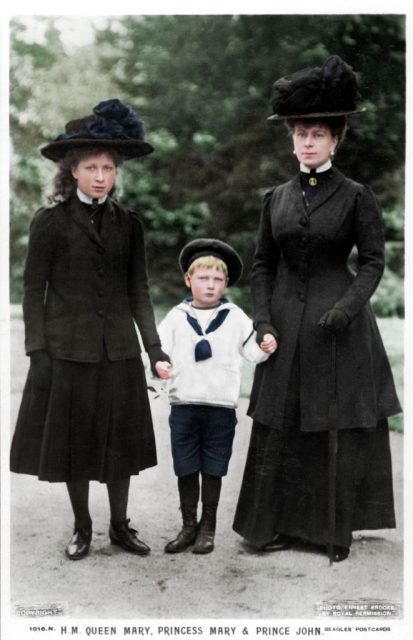
Poliakoff appeared to have found the research challenging. “There was no single book about Prince John,” writes The Guardian. The writer and director “amassed paragraphs from biographers of bigger figures and twice visited the royal archives at Windsor before suspicion about the purpose of his research restricted his permission.”
A documentary shows happier times
In 2008, a documentary – Prince John: The Windsors’ Tragic Secret – spoke with Elsie Hollingsworth, who played with John as a child. An impression was gained of what the Prince was actually like. The Daily Mail reports, “He loved practical jokes and would put glue on door-handles and pins on chairs. And she speaks of the time he brought her a cup of tea in bed when she was ill.”
Was he kept at arm’s length by Buckingham Palace? Not for the majority of his life, apparently. For The Daily Mail, the documentary “demonstrates that, far from being abandoned at birth, Prince John was, for many years, a fully-fledged member of the [Royal Family], appearing in public with his brothers and sister, until well past his 11th birthday.”
He was featured in postcards and appeared to be part of the Royal brand. His final years, however, were spent in lonely isolation as his condition worsened.
As for detachment on the parental side, that is certainly accurate. Was it borne out of cruelty or something deeper? “Without wishing to slander the whole German race,” Poliakoff told The Guardian, “it is possible that an emotional coldness descended from George and Mary, in attitudes or genes: that Germanic severity of tone.”
More from us: The Contents of Queen Victoria’s Coffin Showed Her True Love for Prince Albert
Harsh treatment extended to the other children. Prince George had bandy legs, so was made to wear leg braces. He was also left-handed. That was met with severity by the household, who told him to use his right nonetheless. Edward reportedly developed an eating disorder.
This disturbing saga has been brought to light all over again, through this precious image of six of the United Kingdom’s most important historical children. Was it a happy scene or one taken for appearances’ sake only?
